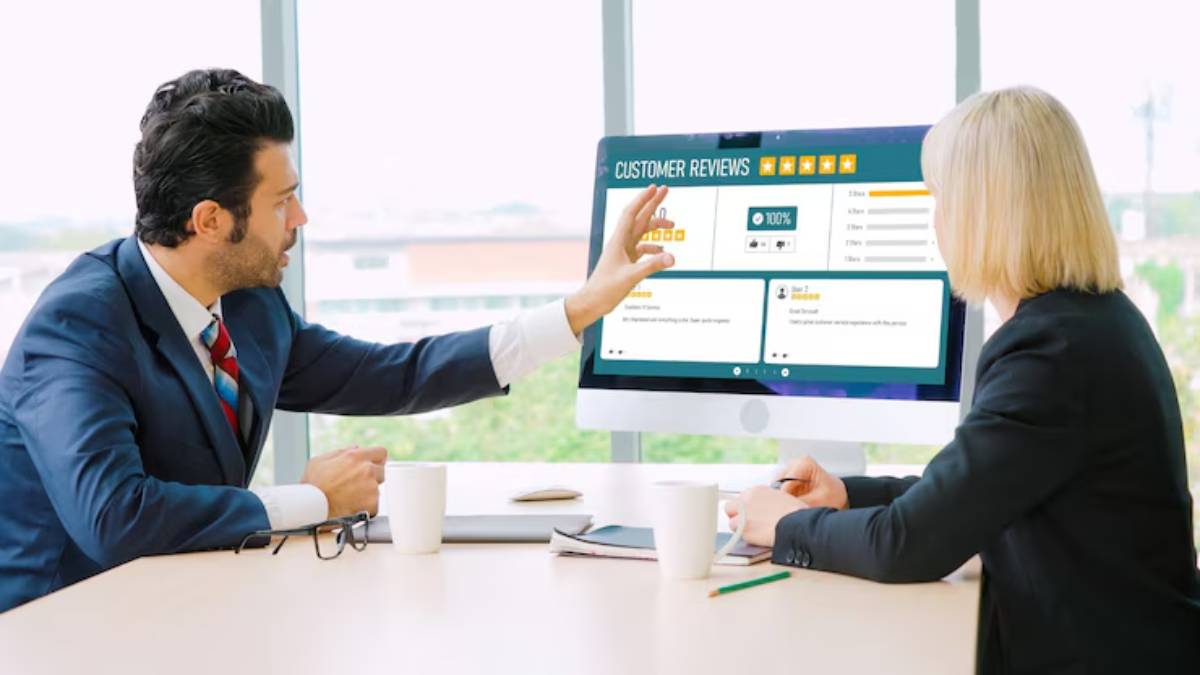
Creating an Online Course That Sells: Tips & Tools
Online education has exploded in recent years. In 2025, millions of learners prefer digital courses over traditional classrooms.
If you have knowledge to share, now is the perfect time to package it into a course. But online course creation is not just about recording a few videos. It’s about designing learning experiences that attract, engage, and convert students.
This guide shows you how to create, market, and sell an online course successfully. It covers the best e-learning platforms, smart strategies, and proven tips for strong digital course marketing.
Step 1: Find a Profitable Course Idea
Not every topic will sell. You need a subject that combines passion, expertise, and real demand.
How to validate your course idea:
- Look at trending topics on sites like Udemy or Skillshare
- Search online forums for common questions or problems
- Survey your audience if you have one
- Use keyword tools to check search volumes
Your course should solve a clear problem or deliver a valuable skill.
Step 2: Define Your Ideal Student
A course that tries to reach everyone reaches no one.
Build a clear learner profile by asking:
- Who needs this course most?
- What level of knowledge do they already have?
- What goals or problems are they facing?
Designing for a specific group makes content creation, marketing, and sales easier.
Step 3: Structure Your Course for Learning Success
A well-organised course improves student results — and reviews.
Tips for structuring your course:
- Start with an overview: What students will learn and why it matters
- Break content into modules and short lessons
- Keep videos under 10 minutes when possible
- End each section with a quick activity, quiz, or summary
Smaller chunks are easier to digest and more motivating to complete.
Step 4: Choose the Right E-Learning Platform

Where you host your course matters.
Top e-learning platforms in 2025 include:
- Teachable: Best for building a branded course site
- Thinkific: Great for free and paid courses
- Kajabi: Ideal for selling courses, memberships, and coaching
- Podia: Good for simple, all-in-one course sites
- Udemy: Best for reaching a large marketplace of learners
Choose based on your needs: Do you want control over branding and pricing, or a built-in audience?
Step 5: Create High-Quality Course Content
You do not need fancy studios or huge budgets. You do need clear, engaging lessons.
Essentials for quality content:
- Good lighting (natural light or softbox)
- Clear audio (use an external microphone)
- Simple, distraction-free backgrounds
- Practical examples, not just theory
You can record with a smartphone or laptop camera if done carefully.
Presentation matters. Students judge courses on clarity, not production cost.
Step 6: Design Supporting Materials
Extra resources boost course value and student success.
Good extras include:
- Workbooks
- Templates or cheat sheets
- Slide decks
- Bonus videos or Q&A sessions
Downloadable tools make your course feel richer — and increase satisfaction.
Step 7: Set the Right Price
Pricing impacts how students see your course.
Common pricing strategies:
- Entry-level courses: £50–£150
- Deep-dive or professional courses: £200–£500+
- Premium coaching bundles: £1000 or more
Consider using tiered pricing: offer basic, pro, and premium options. Higher-priced courses often have higher completion rates too.
Step 8: Build an Attractive Course Landing Page
Your landing page sells the course. It must explain why users should buy — clearly and quickly.
Landing page essentials:
- A compelling headline (focused on results)
- Short video or visual preview
- Clear bullet points listing benefits, not features
- Testimonials or social proof
- A risk-free guarantee (like a 30-day refund)
Strong headlines and visible calls-to-action (CTAs) are critical for conversions.
Step 9: Launch with Smart Digital Course Marketing
Even the best course will not sell itself.
Marketing tactics that work:
- Email marketing: Build and nurture a list early
- Social media: Share tips, teasers, and testimonials
- Webinars: Host free sessions to promote your course
- Paid ads: Use Facebook, Instagram, or LinkedIn ads to drive traffic
- Affiliate partnerships: Let others promote your course for a commission
Plan a 2–4 week marketing runway before launching.
Step 10: Keep Improving After Launch
A course is never truly finished. Student feedback and results guide future updates.
Post-launch best practices:
- Survey students for feedback
- Watch completion rates and quiz results
- Add bonus lessons based on common questions
- Offer certificates or badges for motivation
Better courses bring better testimonials — and higher future sales.
Best Tools for Online Course Creation
For Course Content
- Canva: Create beautiful slides and workbooks
- Camtasia: Screen recording and video editing
- Descript: Edit videos and podcasts easily
- Loom: Record quick video lessons or walkthroughs
For Marketing
- ConvertKit: Email marketing made easy
- Leadpages: Build high-converting landing pages
- Zapier: Automate workflows between apps
- Hotjar: Understand how visitors behave on your sales page
Smart tools save time and make scaling easier.
Common Mistakes to Avoid in Online Course Creation
- Creating content before validating the idea
- Trying to cover too much in one course
- Pricing too low and devaluing your knowledge
- Ignoring student feedback after launch
- Relying only on organic reach without a marketing plan
Focus on quality, not quantity. Solve a clear problem better than anyone else.
Real Examples of Successful Online Courses

Ali Abdaal’s Part-Time YouTuber Academy
- Focused on helping creators grow income from YouTube
- High-ticket pricing with group coaching included
- Clear results and strong social proof drive sales
Melyssa Griffin’s Course Creator Accelerator
- Teaches how to create and sell courses
- Combines video lessons, coaching calls, and community
- Smart upsells into mastermind groups after course completion
Piano In 21 Days by Jacques Hopkins
- Focused niche: adults learning piano quickly
- Offers free webinars that convert into paid course sales
- Uses student testimonials heavily in marketing
Quick Checklist for Selling Your Online Course
- Validate your idea with real demand
- Define your ideal student clearly
- Break content into clear, small lessons
- Choose the best e-learning platform for your needs
- Record quality content with good sound and visuals
- Design strong supporting materials
- Set a price that matches the value you deliver
- Build a landing page focused on benefits
- Plan a full marketing campaign before launching
- Collect feedback and improve continuously
Follow this checklist to launch smarter — and sell better.
Create Courses That Help and Sell
Building a course that sells is not about being the cheapest or flashiest. It’s about solving a real problem clearly, engagingly, and repeatedly.
Online course creation demands focus. Selecting good e-learning platforms and smart digital course marketing makes achieving success easier.
Students do not want more information. They want transformation — and you can deliver it.


